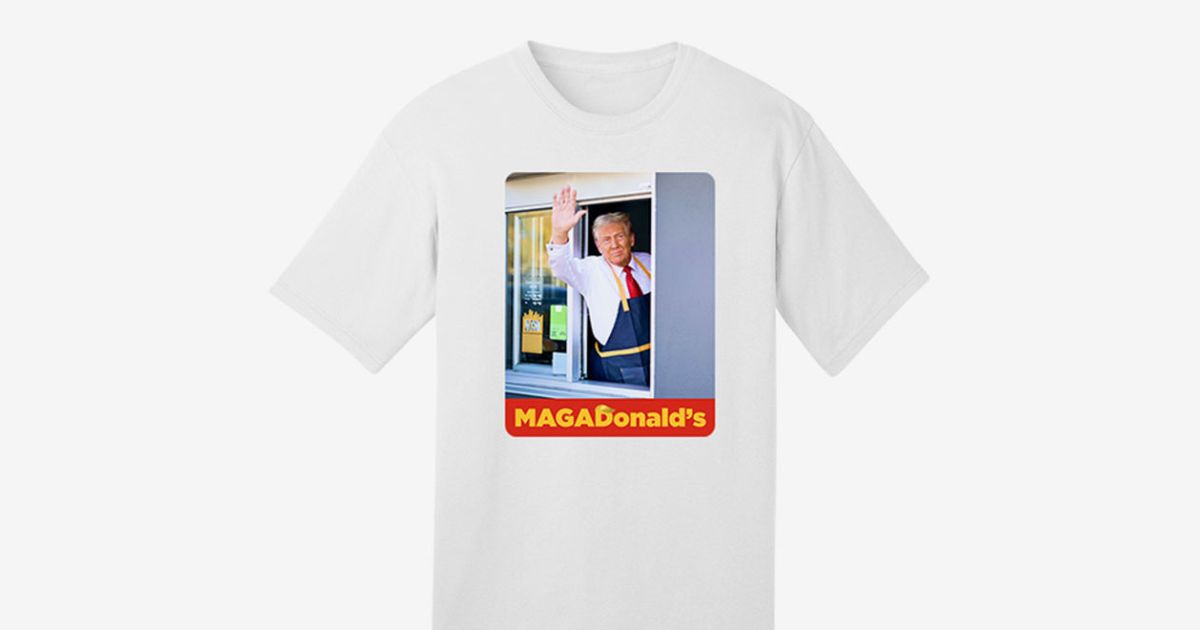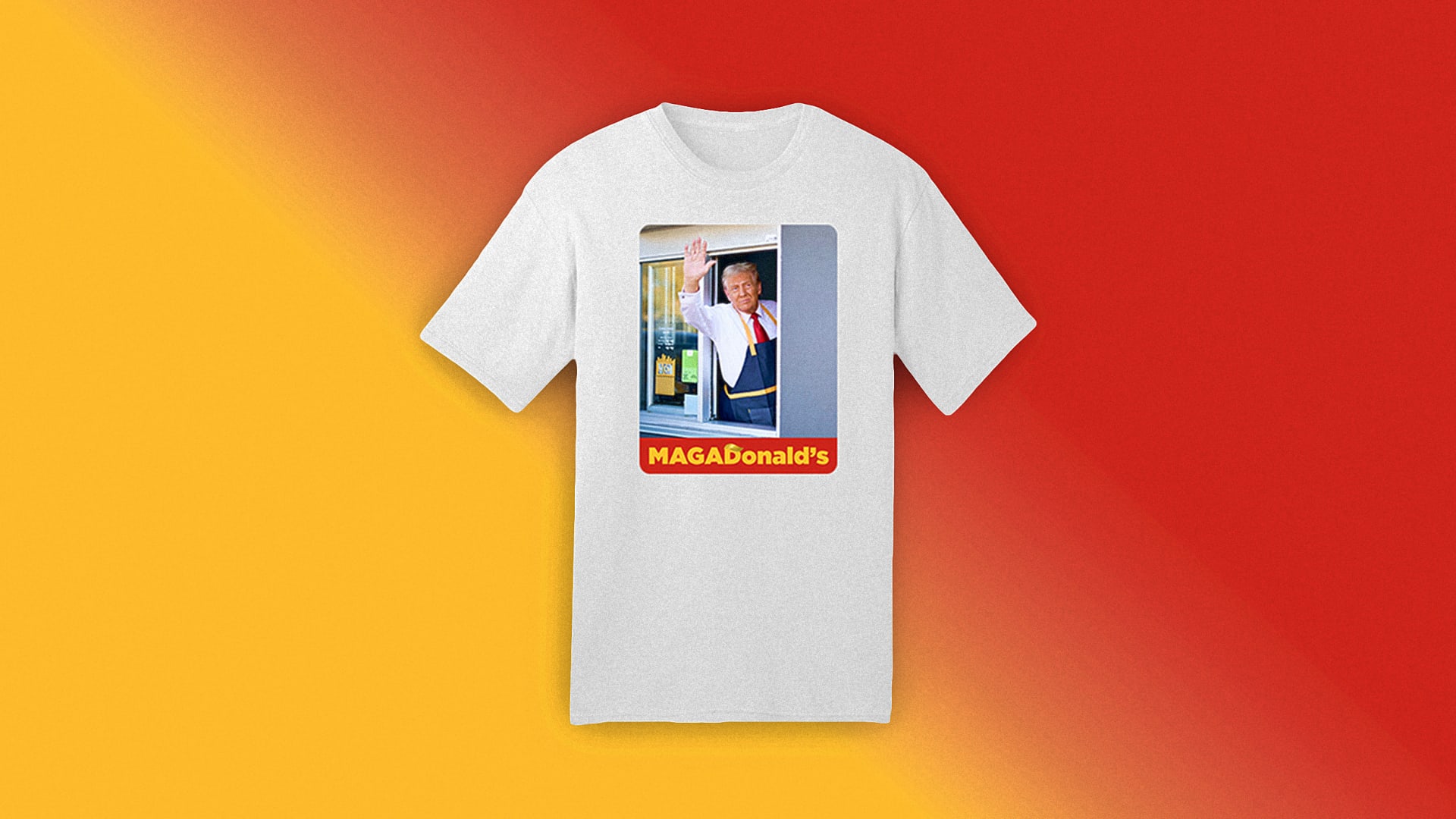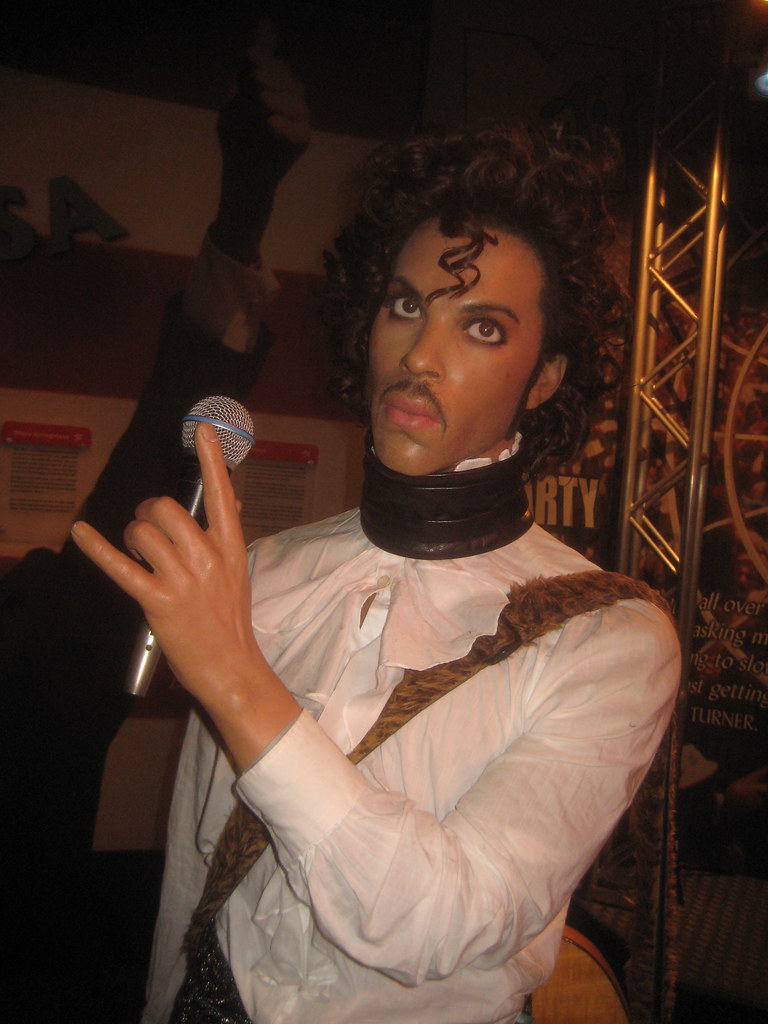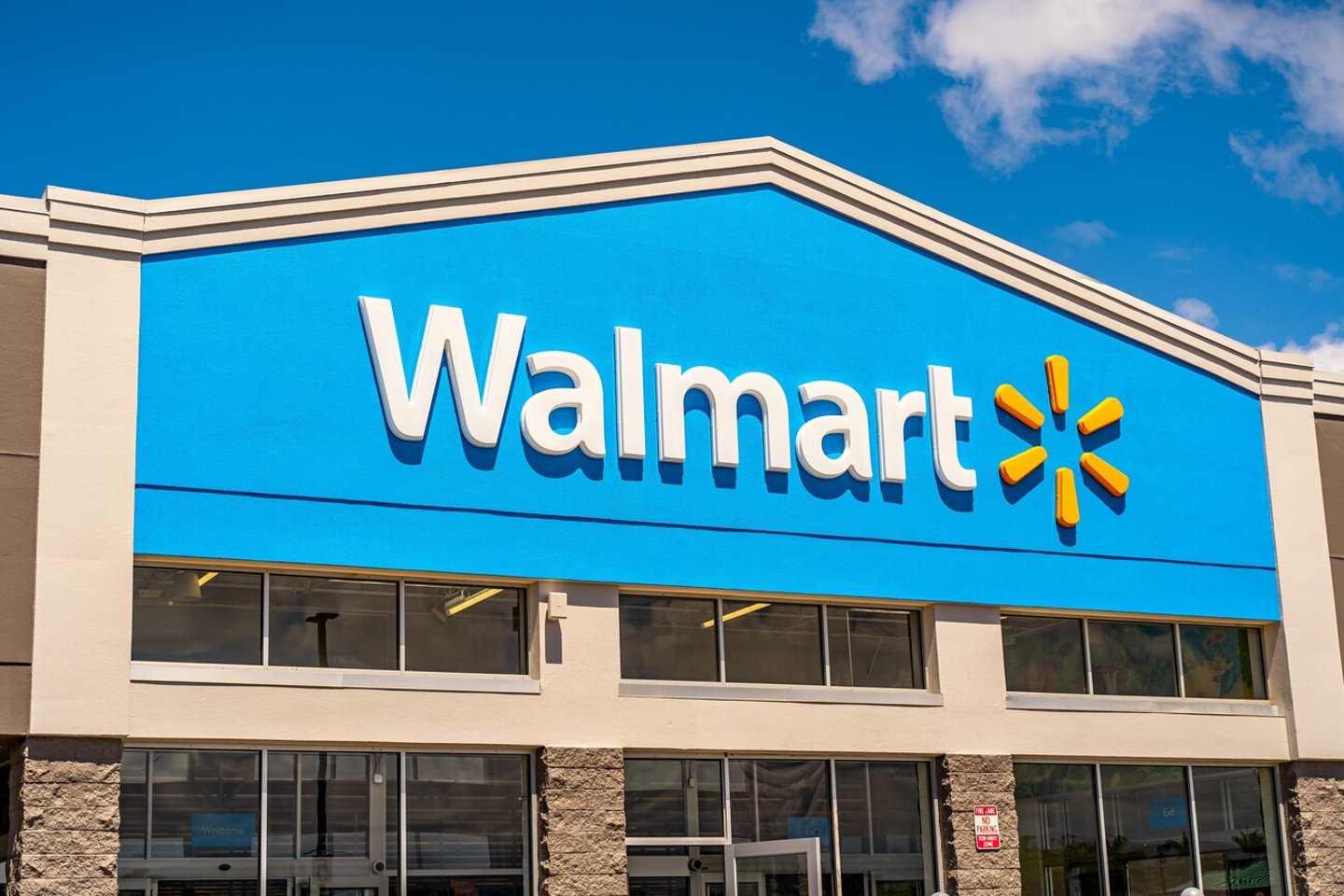
Well, talk about a campaign stop that gets everyone buzzing! We’ve just witnessed something truly wild on the campaign trail – a former President stepping behind the counter at McDonald’s! Donald J. Trump, known for his love of the iconic golden arches as a customer, took a turn Sunday at a franchise in Feasterville, Pennsylvania, one of those absolutely crucial battleground states in this election. It wasn’t just a quick handshake; he donned a McDonald’s apron, its golden straps impressively flanking his signature ketchup-red tie. He served fries, chatted with hand-chosen patrons, and definitely held court for the cameras. What a scene!
He even sprinkled salt with enough flair that some folks said he seemed more like a disciple of Salt Bae than Ronald McDonald himself! This half-hour stop, at a franchise that was closed just for the occasion, certainly sparked a lot of conversations. Mr. Trump even quipped, as he cautiously filled a fry box, that the food “never touched the human hand.” He asked a worker, “Supposing we want some extra salt, can I do it like that?” Without waiting for an answer, he gave a fresh batch several vigorous shakes and then tossed a handful of salt over his left shoulder, declaring he was superstitious. You just never know what you’ll see next in this campaign season, do you?
This visit wasn’t just about serving up hot fries; it was a full-on political moment! The Trump campaign, clearly seeing the viral potential, is now even selling “MAGADonald’s” t-shirts, featuring a photo of Mr. Trump leaning out a drive-thru window. “I have a McGift for you!” their online shop cheerfully announces. Critics might call it a stunt, but it’s undeniably part of a bigger strategy to connect with working-class and middle-class voters, and specifically, to push back against Vice President Kamala Harris and her own appeals, especially her emphasis on having worked at the fast food giant during college. It’s turning into quite the fast food fight!

Mr. Trump didn’t shy away from taking a direct jab at his Democratic rival. He mocked Vice President Harris, suggesting, without offering any evidence, that she never actually worked at McDonald’s. He even posted a video on X, saying, “I’m looking for a job, and I always wanted to work at McDonald’s. I never did.” After his Pennsylvania visit, he told reporters and customers, “I’ve now worked for 15 minutes more than Kamala at McDonald’s.” It just goes to show how central the idea of relating to everyday work has become in this election cycle.
Vice President Harris, for her part, has consistently maintained that she did indeed work at McDonald’s. During a rally with fast food workers in 2019, she mentioned her time there in college. She repeated this claim in April 2024 during an interview on the Drew Barrymore show, specifically stating she “did fries.” Her campaign later clarified that she worked at the Central Avenue McDonald’s location in Alameda, California, in 1983 during the summer after her freshman year at Howard University. Her team has used this claim to highlight her working-class credentials.
Deputy Communications Director Brooke Goren told reporters that Vice President Harris “always thought of the middle class…when she was in college she had a job at McDonald’s while she was getting her degree.” Another staffer even described her journey from McDonald’s to the vice presidency as “the incarnation of the American dream.” It’s a powerful narrative, aiming to show voters she understands the realities faced by everyday Americans working hard to get by. This back-and-forth over who worked at McDonald’s and for how long is certainly grabbing attention!
Adding another fascinating layer to this is McDonald’s Corporation itself. While the company stated they do not endorse candidates, they welcomed Mr. Trump to the franchise as part of their “core values” to “open our doors to everyone.” They also addressed the buzz around Vice President Harris’s claim. In a memo to franchisees, McDonald’s USA confirmed that while Harris had “fond memories” of working at a location in Alameda County, they and their franchisees “don’t have records for all positions dating back to the early ’80s.” This explanation came after Mr. Trump repeatedly claimed she lied about the job because the campaign was unable to provide employment evidence like a pay stub or a fellow employee’s confirmation.
Interestingly, Vice President Harris hadn’t spoken about working for McDonald’s until she ran for president and protested with fast food workers in 2019 to raise the minimum wage. A copy of her job resume submitted after college reportedly doesn’t include any information about a McDonald’s job, according to the Washington Free Beacon. Despite the lack of physical records, McDonald’s seems inclined to believe her claim, mentioning her “fond memories” and linking it to their well-known “1 in 8” advertising campaign, which posits that 1 in 8 Americans have worked for the restaurant at some point. “What makes ‘1 in 8’ so powerful is the shared experience so many Americans have had,” the internal message stated, suggesting a broad embrace of the idea that many people have passed through their doors as employees.
The “1 in 8” statistic itself is quite thought-provoking, isn’t it? Brian Callaci, chief economist at the Open Markets Institute, did some fascinating back-of-the-napkin calculations to explore how McDonald’s might arrive at this number. Assuming about 13,500 U.S. locations with roughly 50 crew members per location, that’s about 700,000 current workers. Compared to the over 337 million people in the U.S., that’s about 0.2% of the population currently working there. But if you assume that 0.2% of the U.S. population worked at McDonald’s every year since 1960 and each employee stayed for only one year (a high turnover assumption!), that could indeed mean about 12.5%, or 1 in 8 people, would have worked there eventually. Fascinating how the numbers can potentially line up under certain assumptions!
Of course, these calculations involve “pretty big assumptions,” as Mr. Callaci noted. You have to assume McDonald’s has been this big, relative to the U.S. economy, since 1960, and that the turnover rate averages a swift 100% annually, which is much higher than the Bureau of Labor Statistics median tenure of two years for food service workers. Also, the percentage of McDonald’s crew members relative to the population drops as you go back in time; for example, in 1986, with 7,000 U.S. locations and over 240 million people, only about 0.15% of the population worked there that year in this model. We also know that in 1988, McDonald’s said 7% of the *U.S. workforce* held a job there, which is about 1 in 14 workers – a smaller proportion relative to the total population than 1 in 8.

Regardless of the exact methodology, McDonald’s clearly sends a message with that “1 in 8” campaign. It seems to be: “Everyone has worked at McDonald’s as a teenager, but no one stays: they go on to better things,” according to Mr. Callaci. He believes McDonald’s uses this message to help justify its famously low wages. When the company first started, it did target teenagers, partly to avoid employing skilled, often unionized, workers. For decades, they’ve promoted the idea that these jobs are temporary roles meant for teenagers and not meant to support families. It’s a historical framing that contrasts sharply with today’s reality!
Because, here’s the thing: it’s absolutely not just kids working these jobs anymore! Data published by the National Employment Law Project reveals that a significant 70% of fast food workers are aged 20 or older, and in 2021, less than one-third were between the ages of 16 and 19. The Center for American Progress reports that 60% of fast-food workers are over 20, and a notable 20% are over the age of 35. So, the idea that these are just temporary teenage gigs for pocket money is increasingly out of step with the demographics of the actual workforce.
These aren’t just simple, “flipping burgers” jobs either, despite what some might imply. Employees say their work requires juggling multiple tasks, providing customer service, often in understaffed locations, all while typically earning low wages and dealing with challenging working conditions. A 2023 report by the California nonprofit Economic Roundtable highlighted the tough reality: the fast food industry has the largest proportion of workers living in poverty, driven by those low wages and difficulty securing full-time hours. In California alone, the report found that 1 in 17 homeless individuals work in fast food. It’s a stark reminder of the economic pressures faced by many.
Related posts:
Trump Took a Turn at the Fryer. McDonald’s Workers Have Thoughts.
MAGADonald’s? Trump campaign is selling t-shirts off fast-food visit
Trump’s McDonald’s visit highlights a significant problem for workers




